If your laptop is getting older and starts acting up, you don’t have to toss it straight away. A few simple checks and cheap parts can bring it back to life. In this guide we’ll point out the most common problems, show you step‑by‑step fixes you can do yourself, and tell you when calling a professional makes sense.
Age shows up in a few predictable ways. The first sign is slower performance – you notice apps lagging or the system taking forever to start. That’s usually a sign of a full hard drive, too many background programs, or an outdated operating system. Next up is the battery. After a few years the charge capacity drops, and you might see the laptop shut down suddenly even though the power light is on.
The screen can also betray age. Flickering, dead pixels, or a dim display often means the backlight or the inverter needs checking. Keyboard keys that stick or stop working are usually caused by dust or worn‑out contacts. Finally, overheating is a big red flag. Dust buildup in the cooling fans and heat sink reduces airflow, making the machine throttle performance to stay safe.
Start with the easiest win: clean up the software. Uninstall programs you never use, run a disk cleanup, and defragment a traditional HDD (skip this step if you have an SSD). Updating the OS and drivers can also shave off a few seconds of boot time.
Next, tackle the battery. If the laptop still runs on AC power, you can replace the battery for a few pounds. Most manufacturers sell a replacement, or you can find a compatible third‑party unit. Make sure to calibrate the new battery by charging it to 100 % and letting it run down to zero once.
For a sluggish screen, check the connections. Shut the laptop down, remove the battery, and gently reseat the video cable. If the problem persists, swapping out the LCD panel or the inverter (for older models) is the next step – you can order the exact part using the laptop’s model number.
Keyboard issues often need a bit of disassembly. Flip the laptop over, pop off the key caps with a flat tool, clean out debris with compressed air, and snap the caps back on. If keys still don’t work, the whole keyboard may need replacement, which is usually a simple snap‑in part.
Overheating is fixed by a thorough cleaning. Open the bottom panel, use compressed air to blow out dust from the fan and heat sink, and reapply thermal paste if the CPU feels hot to the touch. Thermal paste is cheap and applying a pea‑sized amount spreads evenly when you reattach the heatsink.
After you’ve done these fixes, run a stress test – a free tool like HWMonitor can show you temperature trends. If temps stay below 80 °C under load, you’ve likely solved the overheating problem.
When you’ve tried everything and the laptop still refuses to work, it might be time to weigh repair costs against buying a new one. A broken motherboard, for example, can cost as much as a fresh low‑budget laptop.
Bottom line: many issues with an old laptop are cheap fixes you can do in an afternoon. Clean the software, replace the battery, clear dust, and you’ll often get several more years out of the device. If the problem feels beyond your comfort zone, a local repair shop can usually give you a quick quote before you decide to replace it.

Wondering if that decade-old laptop should stick around or be kicked to the curb? This article dives into the practicality, challenges, and potential of keeping a 10-year-old laptop. With tips on upgrading components, performance tweaks, and sustainability, you'll discover whether holding on to an old device is a wise choice. Including pros and cons, this guide offers straightforward advice for the tech-savvy and beginners alike. Explore the balance between nostalgia and functionality in the ever-evolving world of technology.
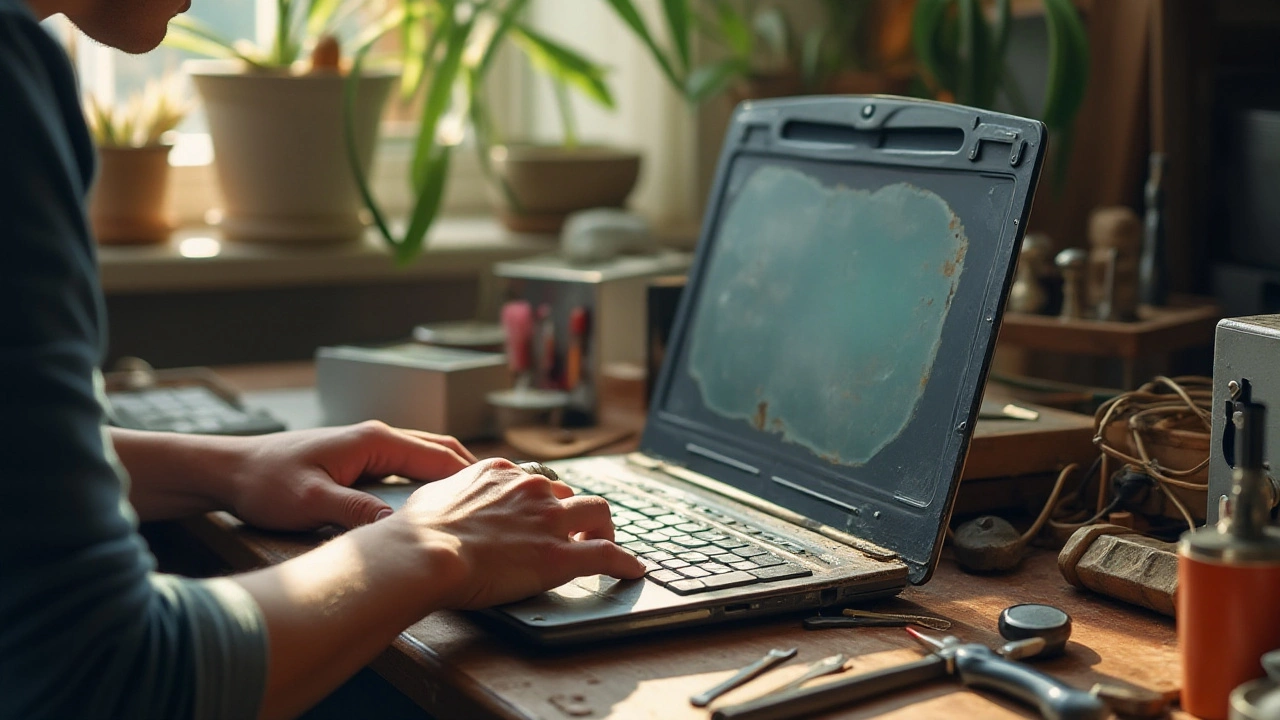
Repairing an aging laptop can be a tricky decision. This article explores whether it's still worth investing in a 7-year-old device. We'll consider factors like performance, cost, potential upgrades, and environmental impact. Dive in to learn about the practical and sentimental value of maintaining your trusty laptop.
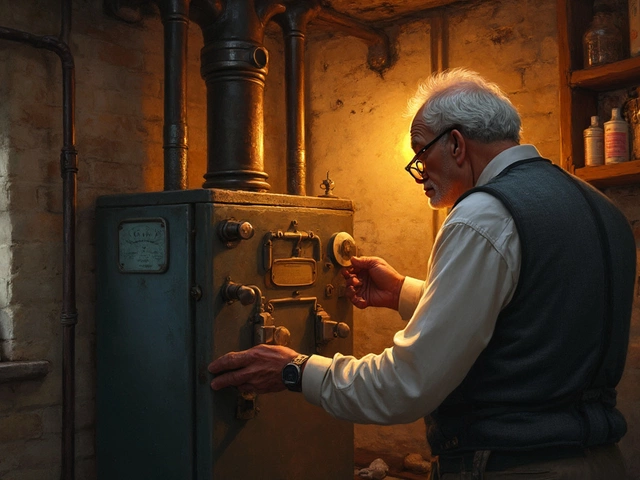
Boiler lifespan can vary greatly depending on usage, maintenance, and type. On average, boilers last anywhere from 10 to 15 years. Regular maintenance is key to prolonging the life of your boiler and ensuring it functions efficiently. In this article, discover how to keep your boiler in top shape and when it might be time to replace it.
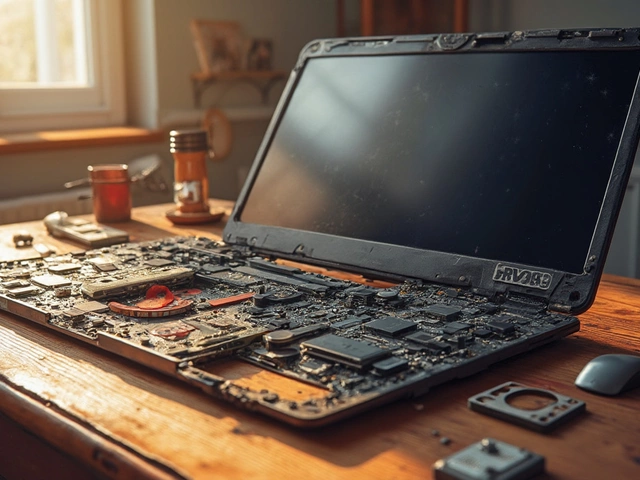
Fixing a laptop can often be a costly affair, with some components surprisingly pricey to replace. This article explores which part of a laptop typically incurs the highest repair costs and why. We dive into details like the high expense of screen and motherboard repairs, offering insights into why these parts hit the wallet hardest. Gain practical advice on maintaining your laptop to avoid these hefty bills in the first place, and discover some curious facts about common laptop repairs.
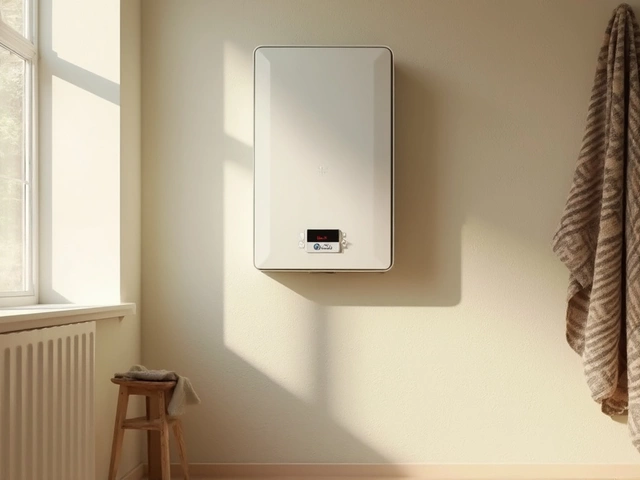
Troubles with your water heater might mean it needs a reset. Knowing when and how to reset it can prevent cold showers and unnecessary stress. This guide covers signs your water heater needs resetting, why it's important, and how to do it safely. Plus, learn some handy maintenance tips to keep it running smoothly.

Dealing with a lack of hot water can be incredibly frustrating, especially during colder months. This article provides step-by-step guidance to identify and fix common issues with water heaters, ensuring you can tackle minor problems yourself before calling a professional. By understanding the functionality and common problems associated with water heaters, you can save time, money, and avoid inconvenient cold showers.
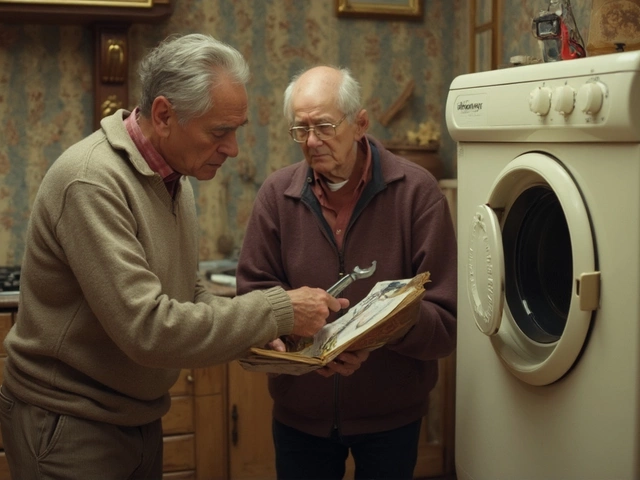
Wondering if fixing your tumble dryer makes sense? This article dives into crucial considerations like repair costs, common issues, and when to replace. Avoid costly mistakes by learning signs that scream 'repair!' or 'replace!' Smart tips help you make the right decision for your dryer woes.